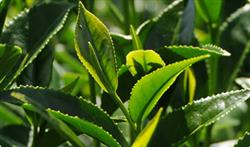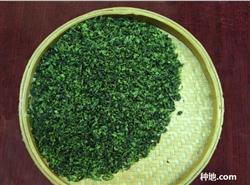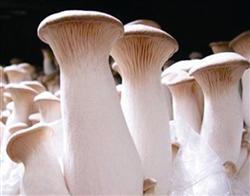How to manage tea in winter?

How to manage tea in winter? Please guide the tea garden to sprout early in the coming year, more buds, strong buds, high yield, good quality and no pollution. Strengthening winter tube is the key to sell well in the morning market. With the advent of winter, tea gradually stops growing and enters a dormant period. at this time, the tea garden should do a good job in the management of tea tree pruning, adequate application of basic fertilizer and pest control, so as to ensure the increase of income in the coming year. 1. Tea tree pruning: the pruning time can be carried out from October of the first year to February of the following year. The method is to cut off the irregular branches and leaves at the top of the tea tree to make the top of the tea tree flat and form a horizontal or curved shape. The length of the pruned branches is generally 5-15 cm. For some chicken claw branches, disease and insect branches and weak branches, it is necessary to prune deeply. For the tea gardens with many chicken claw branches, tea tree senescence, weak and uneven tea buds, low yield and poor efficiency, heavy cutting and table cutting should be used to cut off the old branches, leaving the pile height of about 20 cm, which is beneficial to regeneration and sprouting and new shoots; old trees should be dug up in tea gardens with poor varieties, low yield and poor efficiency, and tea seedlings of good quality and high yield, such as Fuxuan 9, Bai Miao 131 and Zao Baijian, should be planted. 2. Apply sufficient basic fertilizer: in order to ensure the excellent quality of tea buds, farm organic fertilizer with complete nitrogen, phosphorus and potassium should be selected, 200 kg of livestock and poultry manure should be prepared per mu, 50 kg of oil and 50 kg of calcium phosphate fertilizer should be added and used after fermentation. First ploughing the tea garden before fertilization, dig the soil depth of 10-20 cm, in order not to hurt the tea root, and then trench along the edge of the tea canopy dripping line deep application, and then cover the soil. 3. pest control: the diseased trees with tea cake disease, tea coal disease and sheath blight were dug up and burned in time; the old leaves and branches of tea trees were checked and checked, and it was found that the branches and leaves of insect eggs, insect bags and cocoons were removed in time and concentrated incineration treatment. The stone-sulfur mixture was sprayed once after clearing the garden. The use of high toxic and high residual pesticides in tea gardens is prohibited, and biological pesticides allowed by the state to be used in tea should be applied scientifically and strictly grasp the safety interval to ensure that the produced tea is pollution-free, in order to meet the needs of domestic and foreign tea markets and achieve higher economic benefits. Click to get more tea planting techniques click to get more flower planting techniques
- Prev

What kinds of tea do you have?
What kinds of tea do you have? Please guide us that there are many kinds of tea, among which China has the most. At present, there is no unified method for tea classification, and there are different classification methods according to different standards. According to the method and quality, the primary tea is divided into green tea, yellow tea, black tea, green tea and green tea according to the oxidation degree of tea polyphenols.
- Next

How to cultivate Pleurotus eryngii in winter and spring?
How to cultivate Pleurotus eryngii in winter and spring? Please introduce the cultivation of Pleurotus eryngii in winter and spring, which is not only easy to produce high yield, but also the mushroom meat is thick, tender, delicious and nutritious, so it is very popular among consumers. The main techniques for high yield cultivation of Pleurotus eryngii in winter and spring are as follows: first, the cultivation time from sowing to mushroom production takes about 50 days ~ 6.
Related
- Fuxing push coffee new agricultural production and marketing class: lack of small-scale processing plants
- Jujube rice field leisure farm deep ploughing Yilan for five years to create a space for organic food and play
- Nongyu Farm-A trial of organic papaya for brave women with advanced technology
- Four points for attention in the prevention and control of diseases and insect pests of edible fungi
- How to add nutrient solution to Edible Fungi
- Is there any good way to control edible fungus mites?
- Open Inoculation Technology of Edible Fungi
- Is there any clever way to use fertilizer for edible fungus in winter?
- What agents are used to kill the pathogens of edible fungi in the mushroom shed?
- Rapid drying of Edible Fungi

